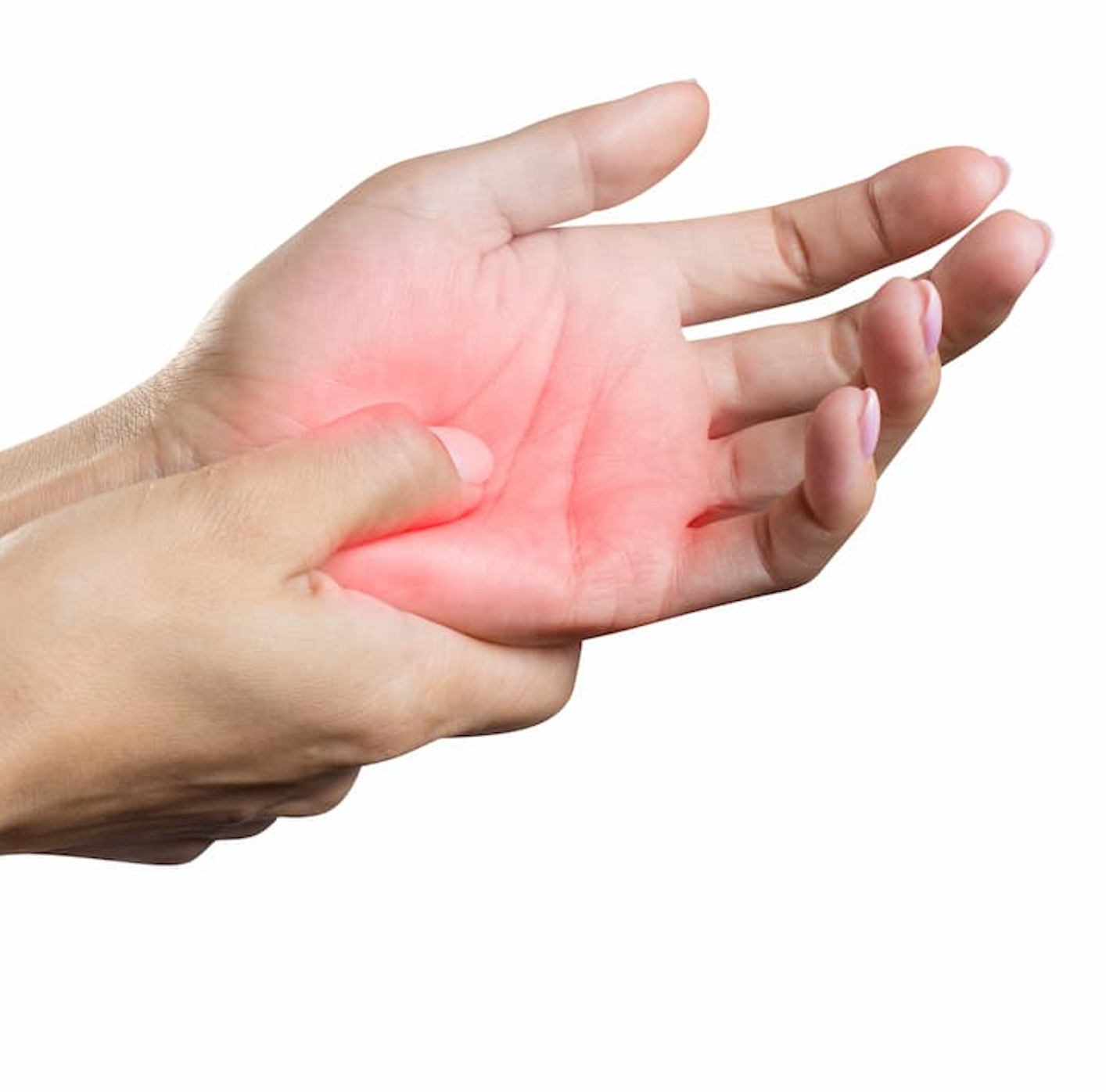News
Article
Neuropathic Pain Linked to Poor Sleep Quality in Patients with PsA
Author(s):
Among other manifestations, patients with PsA and neuropathic pain tended to have higher leptin levels, poor sleep quality, and greater levels of fatigue.
Credit: Adobe Stock/Yeti Studio

In patients with psoriatic arthritis (PsA), neuropathic pain was associated with poor sleep quality and greater fatigue, according to a study published in Frontiers in Medicine.1 Additionally, investigators discovered serum leptin may be linked with worse disease activity, poorer functioning, and greater disease impact.
Pain observed among patients with PsA is typically categorized as nociceptive because of activation of afferent nerve fibers in the inflamed synovial tissue. However, when the inflammation dissipates, patients often experience the persistence of pain, presented as a neuropathic-like syndrome. This type of pain is comparable to that experienced in fibromyalgia, a common comorbidity among this patient population.2
“To date, few studies on PsA have explored the specific mechanisms of pain in this disease or its influence on the methods of assessing disease activity, and among them, the majority have indicated that the presence of comorbid fibromyalgia is the cause of such abnormal processing of pain,” wrote lead investigator Esther Toledano, MD, PhD, associated with the Department of Rheumatology at San Carlos Clinical Hospital in Madrid, Spain, and colleagues. “Indeed, in chronic inflammatory processes, there is not much evidence implicating other factors as a cause of neuropathic pain. On the other hand, relationships have been observed in other scenarios between neuropathic pain and emotional and sleep disorders, or obesity-related processes.”
Adult patients with PsA, excluding those with fibromyalgia, diabetes, dyslipidemia, depression, and anxiety, were recruited into the cross-sectional study performed in 2 outpatient rheumatology clinics at the Salamanca University Hospital (Salamanca) and Francesc De Borja Hospital (Gandía, Valencia).
Neuropathic pain was defined using the self-reported painDETECT questionnaire, of which those with a score of > 18 were considered to have neuropathic pain. Disease activity was determined using the clinical Disease Activity Index for Psoriatic Arthritis (cDAPSA) for peripheral involvement, the Ankylosing Spondylitis Disease Activity Score with CRP (ASDAS-CRP) for axial involvement, the Health Assessment Questionnaire-Disability Index (HAQ-DI) determined functioning, and the 12-item Psoriatic Arthritis Impact of Disease (PsAID-12) questionnaire evaluated disease impact.
A total of 246 patients were included in the study, of which 55% (n = 136) were male and the mean age was 53.4 years. Among the cohort, 17.1% (n = 42) were placed in the neuropathic pain category.
Patients with neuropathic pain tended to have higher leptin levels (odds ratio [OR]: 1.03, 95% confidence interval [CI]: 1.007–1.056; P < 0.01) in addition to poor sleep quality (OR: 1.20, 95% CI: 1.09–1.297; P < 0.001). These patients also reported greater levels of fatigue on a numerical rating scale compared with those who did not exhibit neuropathic pain (6.2 ± 2.2 vs 2.4 ± 0.19, respectively; P < 0.001).
Additionally, the neuropathic pain group had a higher cDAPSA score (17.3 ± 5.4 vs 8.9 ± 6.5, respectively; P < 0.001), greater disease impact (6.1 ± 1.7 vs 2.6 ± 1.9, respectively; P < 0.001), and poorer functioning (1.1 ± 0.5 vs 0.4 ± 0.5, respectively; P < 0.001) when compared with the non-neuropathic pain group.
Investigators noted the cross-sectional study design as a limitation because they were unable to confirm causality and could not determine whether neuropathic pain was attributed to the damage to sensitive terminal nerve fibers during the intervention or to repeated stimulation of nociceptors because of the nature of arthritis symptoms. Further, the patients were not recruited into the study randomly. However, investigators believe the sample was relatively representative.
“Patient-reported outcomes including their assessment of disease activity were associated with neuropathic pain,” investigators concluded. “This finding may be important for avoiding overtreatment with biologics and guiding the prescription of treatments targeting potential causes of pain (for example, drugs to improve sleep quality and/or specific for neuropathic pain).”
References
- Toledano E, Queiro R, Gómez-Lechón L, et al. Influence of comorbidities not associated with fibromyalgia on neuropathic pain in patients with psoriatic arthritis: relationship with clinical parameters. Front Med (Lausanne). 2024;11:1331761. Published 2024 Jan 24. doi:10.3389/fmed.2024.1331761
- Wauters, M, Considine, RV, and Van Gaal, LF. Human leptin: from an adipocyte hormone to an endocrine mediator. Eur J Endocrinol. (2000) 143:293–311. doi: 10.1530/eje.0.1430293




